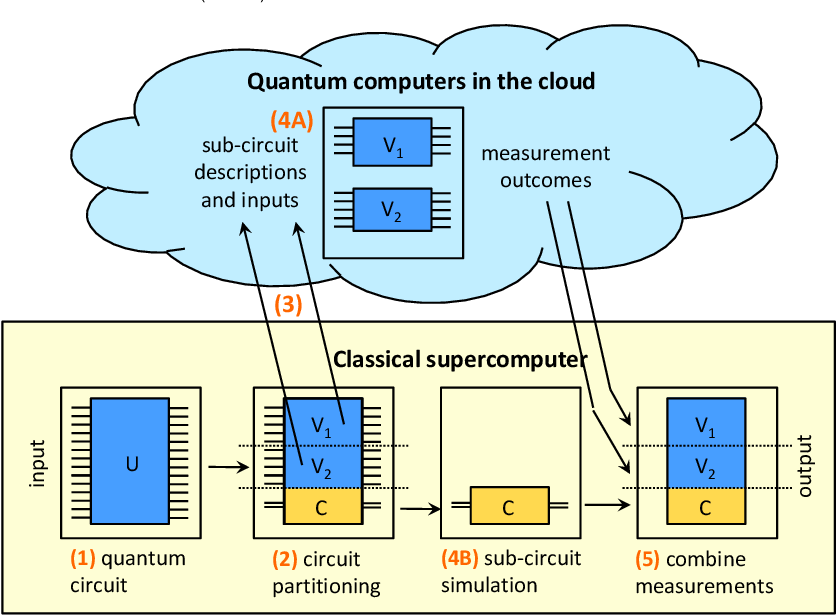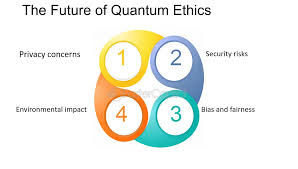Introduction:
In the dynamic landscape of artificial intelligence (AI), constant innovation drives the evolution of deep learning methodologies. Among the latest frontiers in this realm is the emergence of Quantum Neural Networks (QNNs), a revolutionary approach that merges quantum computing principles with neural network architectures. This article delves into the transformative potential of Quantum Neural Networks, exploring their unique characteristics, advancements, and the promise they hold for revolutionizing deep learning.
Understanding Quantum Neural Networks:
Quantum Neural Networks represent a novel paradigm in deep learning, drawing inspiration from both quantum computing and traditional neural network models. At their core, QNNs leverage quantum mechanics’ principles, such as superposition and entanglement, to process and analyze data in ways that classical neural networks cannot.
Unlike classical neural networks, which rely on classical bits to represent data, QNNs utilize quantum bits or qubits, enabling parallel processing and exponential computational power. This inherent quantum parallelism allows QNNs to explore vast solution spaces and perform complex computations more efficiently, making them well-suited for tackling challenging optimization problems and pattern recognition tasks.
Advancements in Quantum Neural Networks:
1. Quantum Circuit Architectures:
Quantum Neural Networks are typically structured as parameterized quantum circuits, where quantum gates act as trainable parameters. These circuits consist of interconnected qubits that undergo quantum operations to transform input data into meaningful output representations. By adjusting the parameters of the quantum gates through optimization techniques, QNNs can learn and adapt to complex data distributions, leading to improved performance in various deep learning tasks.
2. Quantum Feature Maps and Kernels:
QNNs employ quantum feature maps and quantum kernel functions to extract and manipulate high-dimensional feature representations of input data. Quantum feature maps encode classical data into quantum states, while quantum kernel functions measure the similarity between quantum states, enabling QNNs to perform classification, regression, and clustering tasks with enhanced accuracy and efficiency.
3. Quantum-Inspired Optimization Algorithms:
To train QNNs effectively, researchers have developed quantum-inspired optimization algorithms that leverage quantum principles to search for optimal solutions efficiently. Variational Quantum Algorithms (VQAs), Quantum Annealing, and Quantum Gradient Descent are examples of such algorithms that adaptively tune QNN parameters to minimize objective functions and improve model performance.
4. Hybrid Quantum-Classical Architectures:
Many QNN implementations adopt hybrid quantum-classical architectures, combining the strengths of quantum processing with classical computation. In hybrid architectures, quantum subroutines handle specific tasks, such as feature extraction or kernel functions, while classical algorithms manage data preprocessing, optimization, and post-processing, resulting in scalable and versatile deep learning frameworks.

The Promise of Quantum Neural Networks:
Quantum Neural Networks hold immense promise for advancing deep learning and addressing complex computational challenges across various domains. Their unique characteristics offer several advantages over classical neural networks, including:
– Enhanced computational power and efficiency
– Improved performance in optimization and pattern recognition tasks
– Increased resilience to noise and data uncertainty
– Potential breakthroughs in quantum chemistry simulation, drug discovery, and materials science
Challenges and Considerations:
Despite their potential, Quantum Neural Networks face several challenges and considerations that must be addressed for widespread adoption:
1. Hardware Limitations:
Current quantum hardware faces constraints such as qubit coherence times and error rates, limiting the scalability and reliability of QNN implementations. Overcoming these hardware challenges is crucial for realizing the full potential of Quantum Neural Networks in practical applications.
2. Algorithmic Development:
Developing robust quantum neural network algorithms requires interdisciplinary expertise in quantum physics, optimization, and deep learning. Bridging the gap between theoretical insights and practical implementations poses challenges in algorithm design, optimization, and validation.
3. Ethical and Societal Implications:
As QNN technologies advance, ethical considerations surrounding privacy, bias, and transparency become increasingly pertinent. Responsible development practices, robust regulatory frameworks, and interdisciplinary collaboration are essential to address ethical and societal implications effectively.

Conclusion:
Quantum Neural Networks represent a groundbreaking frontier in deep learning, offering unparalleled opportunities for innovation and discovery. By harnessing the power of quantum computing principles, researchers and practitioners can unlock new frontiers in artificial intelligence, pushing the boundaries of what’s possible and shaping a future where intelligent systems empower humanity to tackle the most pressing challenges of our time. As we continue to explore the potential of Quantum Neural Networks, collaboration, ethical stewardship, and continuous innovation will be paramount in realizing their transformative impact on deep learning and beyond.